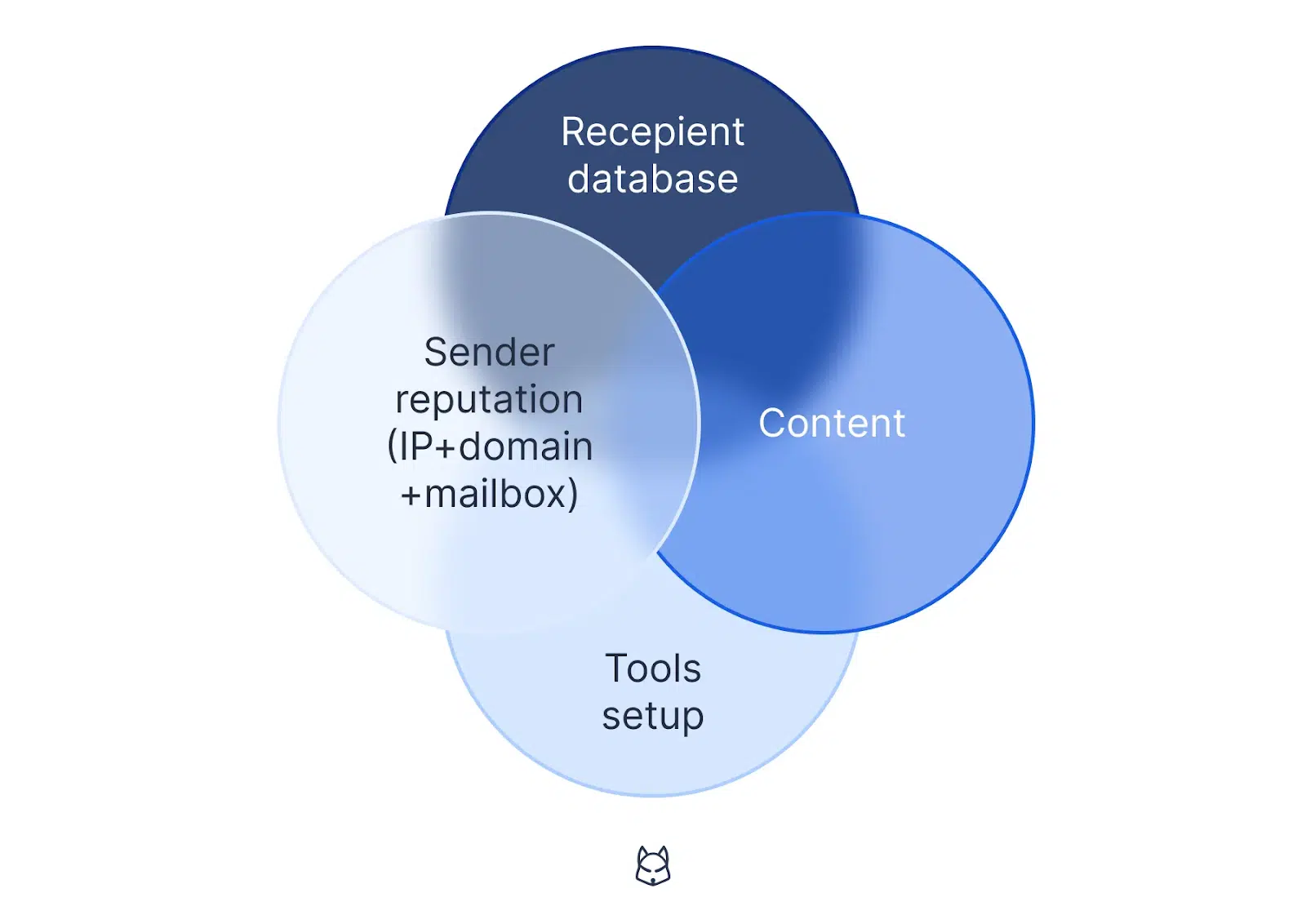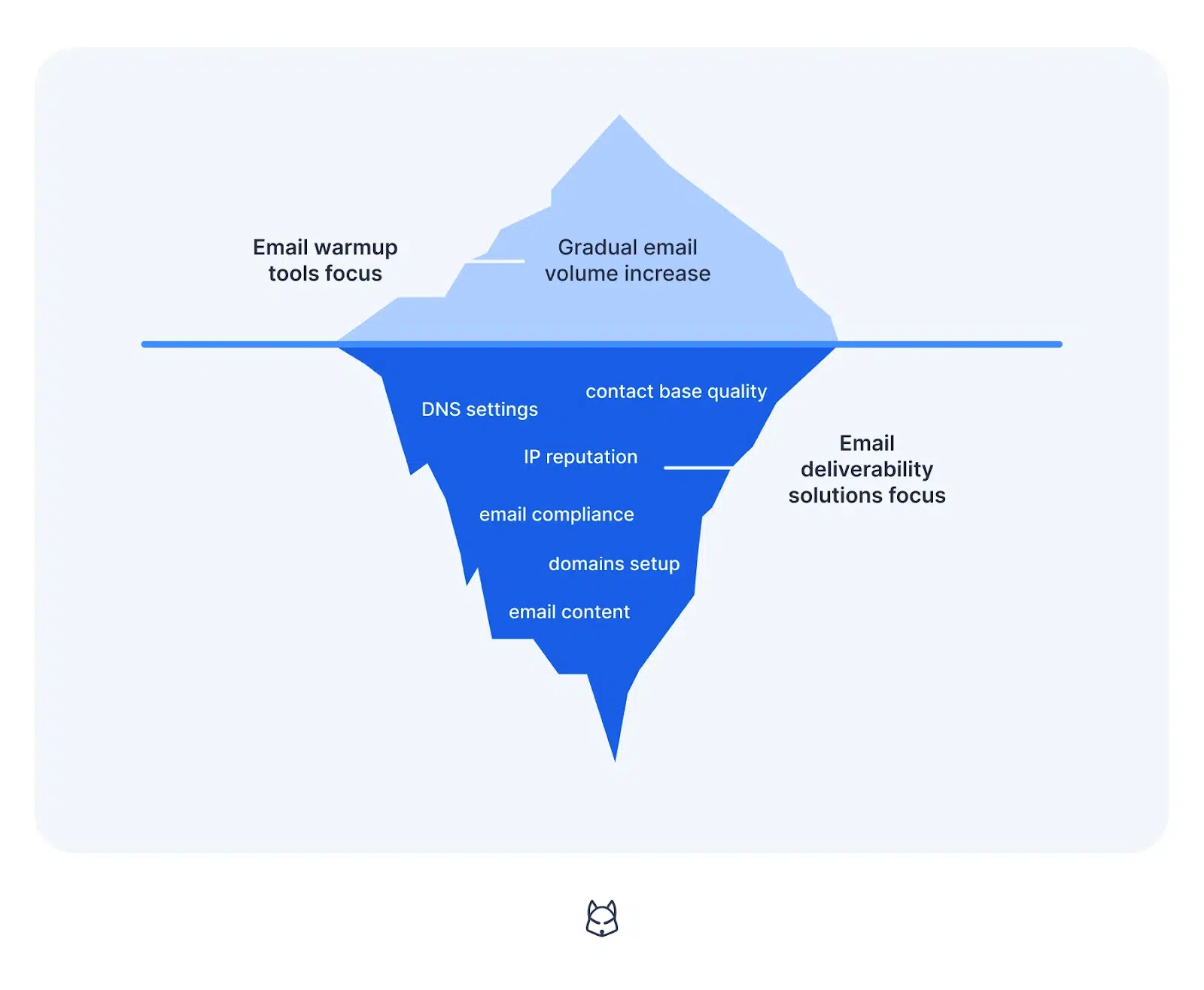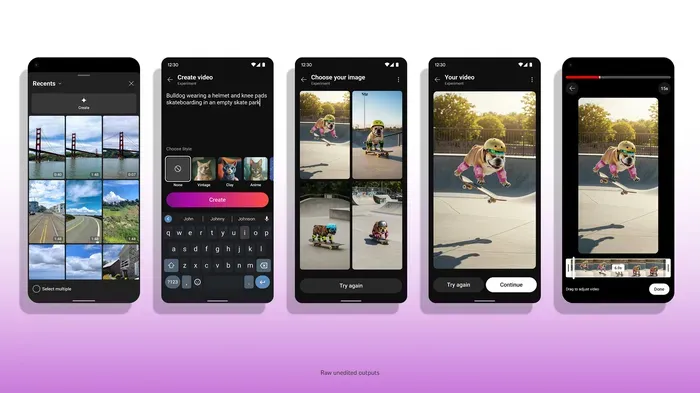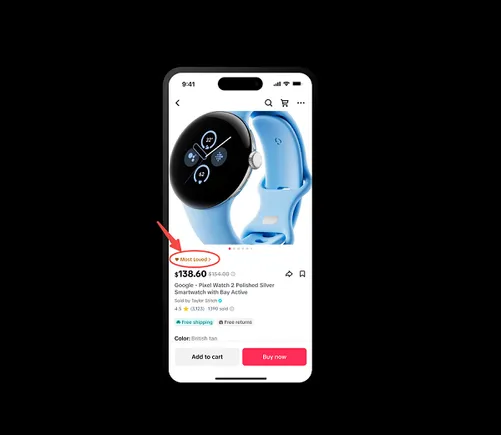“I use a warm-up tool, but my emails still end up in spam. Did I choose the wrong tools?”
This is a common struggle new clients bring to our demos, and here’s the truth: warm-up tools are great for beginners but are ineffective at improving email deliverability. Chances are you got them initially for the wrong reason.
Let’s be clear: email warm-up tools have their place. They establish a foundation for a new domain and can help you get off the ground and land in the inbox. But you can’t rely solely on warm-up tools to fix deeper deliverability issues. They don’t do that. And that’s where email deliverability tools come in, offering a more comprehensive solution.
What really affects email deliverability?
Even after a warm-up process, emails can still end up in the spam folder. In 2023, nearly 45.6% of all emails worldwide were identified as spam, a 3% decrease from 2022 but still a significant reason for spam filters to become increasingly aggressive.
To fight against phishing attacks and keep users safe, spam monitoring today uses more complex algorithms than sending frequency. Did you know that even leaving an address link in your email signature can trigger sophisticated spam filters? And there are plenty of other “wow” reasons.
In short, attention to all four pillars of email deliverability — sender reputation, recipient database, content and appropriate outreach tool setup — is part of a comprehensive approach to email deliverability (of which I am an ambassador).


You can’t just address one issue and hope your email sender’s reputation is safe and sound. Ensuring all components that affect email deliverability are properly configured is the key to achieving 96% or higher inbox placement.
Dig deeper: Email marketing strategy: A marketer’s guide
Starting with this “iceberg of email deliverability” will help you quickly understand the differences (a treasure for visual learners like me):


As you can see, email warmup tools engage just with the tip of the iceberg, while email deliverability tools address every key pillar of email deliverability.
Approaches to email deliverability fix
Warmup tools take a simple approach to getting your emails into inboxes: they send emails from your domain to free email accounts, increase the sending volume regularly and actively engage with each email. That’s basically it.
In contrast, email deliverability tools are much more in-depth. They take a sophisticated approach to email deliverability, beginning with a thorough assessment of your current domain/IP health and practices. Following that, they detect all spam triggers and assist you in automatically removing them.
They also continue to monitor your domain’s health to avoid future issues and provide numerous recommendations to help you remain a legitimate sender. Such a comprehensive strategy helps you achieve your goal of 98%+ inbox placement.
Dig deeper: Email outreach for marketers: Measuring and optimizing performance
How they work: Key features
With email warmup tools, everything is simple. Their features include:
- Setting up regular sending volume growth.
- Sending emails from your domain automatically.
- Engaging with every email so you see sending reputation growing.
When it comes to deliverability tools, their features include (but are not limited to):
- Setting up regular sending volume growth.
- Engaging with every email so your sending reputation grows.
- Sending emails from your domain for warmup to paid and trustworthy email accounts only.
- Troubleshooting your Domain Name System (DNS) settings (required for smooth delivery).
- Running IP health examination, including blacklist listings.
- Fixing and giving recommendations on your email content.
- Checking different groups of potential spam triggers.
- Running regular domain health monitoring checks.
- Helping you with the list of best practices for smooth inbox placement.
Obviously, the list will vary depending on the tool used. However, most email deliverability tools have at least three times as many features as warmup tools. They also give you the precise reasons why your emails are getting into a spam folder (along with how to fix that).
And that’s why the results are worth every dollar spent.
Short-term and long-term results
As you can see, email warmup solutions can temporarily improve email deliverability (though there is no guarantee). This ensures inbox placement, but only for a short time. They can’t help you if your domain is added to the blacklist, your email content contains spam-triggering words, or any domain settings are incorrect.
Meanwhile, email deliverability tools can help you improve your deliverability right after the launch and for a long time, ensuring your excellent domain reputation and predictable email placement. This allows you to scale safely while focusing on active lead generation. No unpleasant surprises.
I would use the classic phrase, “It depends.” But it won’t help much. Here are some key criteria to consider when deciding which is the best fit for your specific situation:
Email warmup tools might be the option to go if:
- Email outreach should not be a significant component of your lead-generating plan.
- You don’t plan to scale your outreach.
- You want nothing more than to automate email sending with a slow increase in volume.
- You have internal experts who can handle every technical detail of domain setup (although, in this case, you most likely don’t need any tools at all).
Email deliverability tools are the answer if:
- Email outreach is your main lead-generating channel (the stakes are really high).
- You want to get stable, high email deliverability, ensure both short- and long-term high inbox placement, have the correctly configured email domain and know the precise spam reasons to prevent them in the future.
- You don’t have internal expertise to monitor domain technical settings.
- You want to scale your outreach safely and ensure every sent email reaches the audience.
There are cases when you might not even need a tool. You can also make other choices, such as email deliverability consulting for training internal teams. Ultimately, it’s all about your strategy.
Dig deeper: Navigating new spam policies: A guide to effective cold email outreach
Opinions expressed in this article are those of the guest author and not necessarily MarTech. Staff authors are listed here.



























































![6 Essential Ingredients for Winning Ads [Infographic] 6 Essential Ingredients for Winning Ads [Infographic]](https://imgproxy.divecdn.com/uTNt2ASUWhVsKl22uIAMtoyUXTeSV_b9Sst3p7mB1gg/g:ce/rs:fit:770:435/Z3M6Ly9kaXZlc2l0ZS1zdG9yYWdlL2RpdmVpbWFnZS82X2FkX2VsZW1lbnRzXzIucG5n.webp)









